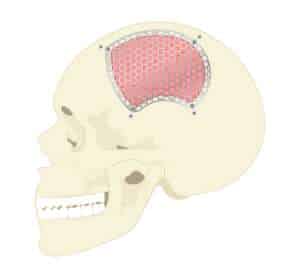What is a Decompressive Craniectomy?

Who Needs a Decompressive Craniectomy?
TBIs are caused by physical trauma to the brain. The condition can occur after any experience involving a sharp blow to the head. Brain swelling usually occurs immediately after a TBI.
A stroke may also cause brain swelling. Having high blood pressure from this swelling puts you at risk for more strokes.
Surgery on the brain can be risky, especially for someone who has a brain injury, so providers try nonsurgical approaches before considering surgery.
Procedure
The procedure begins with a cut in the scalp. The surgeon exposes the skull by peeling back the skin and tissue. Then the doctor will cut into the skull using a medical bone drill and bone saw.
They will stop any bleeding after removing the bone, and then close the wound with stitches. The skull bone removed during surgery will be stored for later use. The bone may be replaced when the individual recovers.
Recovery
Following surgery, most people will spend a few days in the intensive care unit (ICU) and stay in the hospital for several weeks. In some cases, people will remain unconscious for days or even weeks following surgery. There may even be cases where they are in a coma or vegetative state.
Recovery from brain injury and surgery can take months, and even years.
A surgeon can replace the missing part of the skull after a patient has sufficiently recovered from the surgery and original injury.
